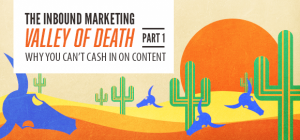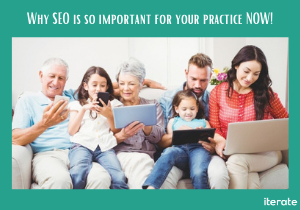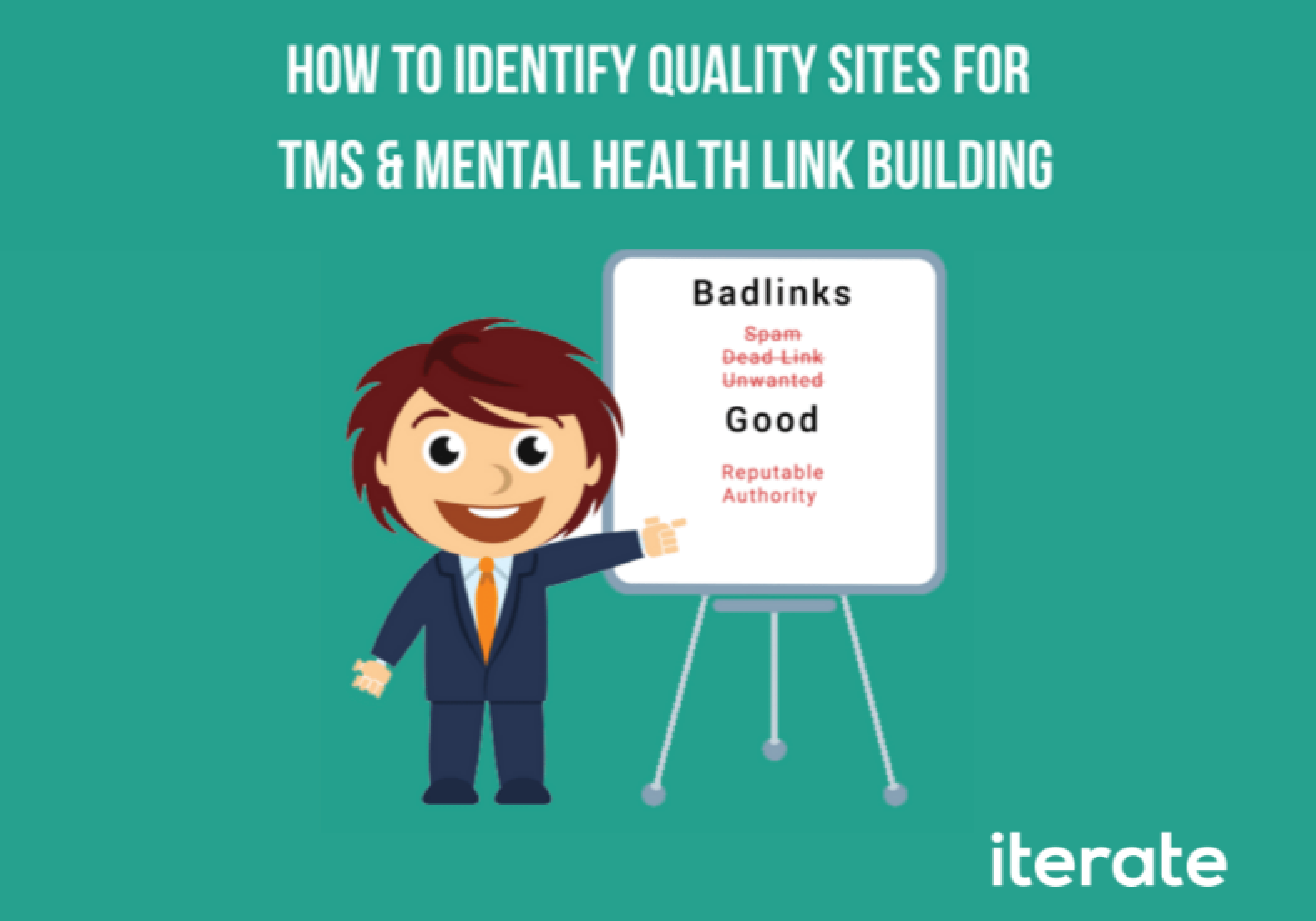Do you feel like you got sold on inbound marketing – but your customers aren’t as convinced yet?
Quantifying returns from inbound marketing is a challenge: it has a large initial investment, it demands significant intellectual capital, but it could also have a lengthy time horizon. Many companies let their first foray into inbound marketing shrivel on the vine somewhere between wondering why their first post didn’t go viral and a conference room rant on how social media is pointless. We can call this phenomenon The Inbound Marketing Valley of Death, a play on the Startup Valley of Death.

The Inbound Marketing Valley of Death
The time from when a company initially begins investing capital with inbound marketing to the time when generated revenue outpaces monthly investment. While in the Death Valley the company must diversify between strategies until it finds a suitable marketing mix or risk a drawn out investment with little hope of a return. Ideally some of a company’s latent potential can be harvested for “early wins” – but as further investment is made the ROI will continue downward until a threshold dose is reached and the marketing starts to pay for itself.
As forward-facing companies acknowledge that they need to turn themselves into hybrid media companies in order to compete for increasingly sparse and pricey attention, we all grapple with two realities:
1) The ROI calculation for digital marketing isn’t getting any easier – or more accurate.
2) Traditional marketing tactics that worked well just a few years ago are beginning to present less compelling results.
The first issue is the foreseeable playing field, but the second issue demands significant attention: How do you build a sustainable return on investment in an increasingly crowded world?
Enter inbound marketing with its promising if spotty track record. If companies are willing to find the ideal marketing mix for their industry and engage wholeheartedly, it’s possible for them to succeed, escape the inbound marketing valley of death, and chiefly guarantee their future.
Being relevant to your audience isn’t a distinction in 2015, it is a mark of survival.
Inbound marketing is a new beast because the results are harder to quantify and may take longer to see than the instant attribution of AdWords. But the risk/reward math of a paid vs. an inbound marketing strategy, or ideally a hybrid strategy, become more compelling when you factor in the diminishing return for all tactics over time and the fact that audience attention and interest is really the only game in town.
What is Inbound Marketing?
Inbound marketing is the catch-all term for the tactics we used to be able to task out on their own but now have returns given that they have to be bundled by agencies or executed together within a company to make sense thus inbound marketing contains some mixture of:
1. SEO
2. Email Marketing
3. Content Marketing:
i. Blogs
ii. Research/White Papers
iii. Infographics
iv. eBooks
v. Case Studies
4. Social Media Marketing
5. Online Video
6. Backlink Building
7. Owned Channel Amplification
8. Earned Media Placement
9. Podcasting
10. Customer QAs
11. Webinars
Do these tactics eliminate your need for good salespeople? Of course not! The salesperson hasn’t been replaced; the forms of marketing that worked before may still have value within your sales framework and marketing strategy – but inbound marketing relies on delighting and fulfilling customer need when they are searching for expertise – inbound traffic – rather than interrupting the customer before or when they are in the sales cycle, which would be outbound marketing.
What Changed? – Everything, Always…
“Success leads to complacency, complacency leads to failure, only the paranoid survive”
– Andy Grove
Showing up used to be enough. Think of the classic marketing funnel – When search ads first came out marketers could easily and cheaply tap into the arbitrage of not paying for the interest of people that didn’t care, and instead grab people already at the Attention or Interest phase of the shopping spree. Now young people just block ads and most people try their best to automatically filter them out or just ignore them. Sure, some ads are heartwarming or so good we can’t help but share them, but on the whole people do their best to ignore advertising even when it’s novel.
I’m not saying that paid marketing is out of the picture. If it has a return on investment I’ll be the first one there, but businesses need to be future-proofed, and in a world where tomorrows 40 year olds completely ignore banner ads and search ads you better hope customers give a $h%t about your brand.






